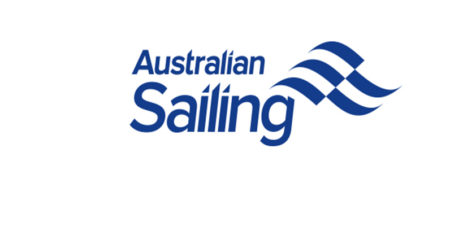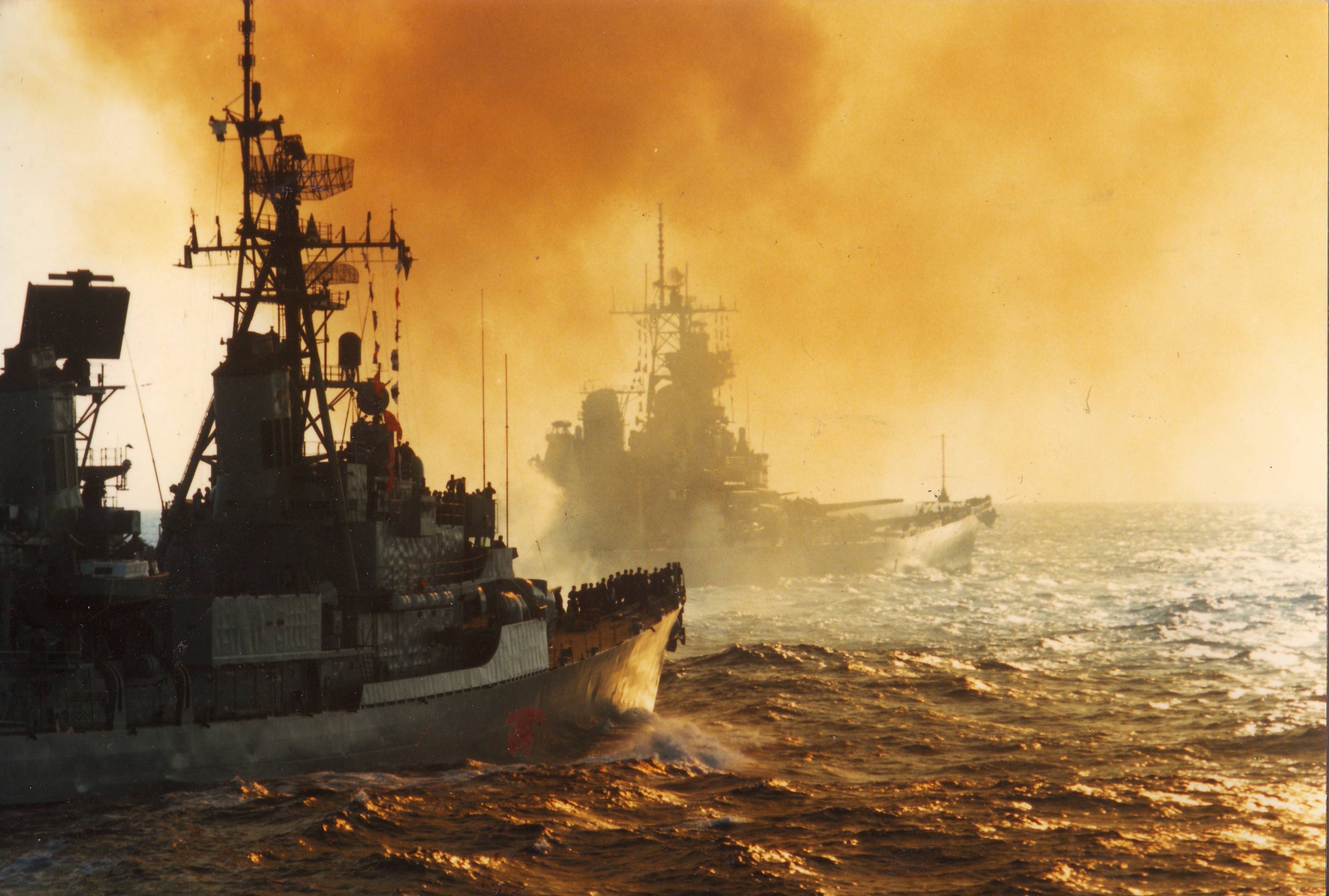Title Page
-
Conducted on
-
Prepared by
-
Location
Before you leave
Time Preparation
-
Can identify equipment appropriate for intended passage.
-
-
-
Participates in Safety briefings, equipment checks and other precautions prior to going afloat.
-
Knows how to plan a passage with consideration of weather, crew and vessel.
-
Can stow equipment considering access and protection.
Weather and the Environment
-
Knows where to source weather information and understands the meaning of warnings.
-
Awareness of effects from wind against tide or current and hazards of steep waves for small vessels.
Boats and Equipment
Personal Equipment
-
Can identify different types of lifejackets, maintenance requirements and when they should be worn.
-
Can select suitable clothing and equipment appropriate to type of vessel, intended passage and prevailing conditions.
Parts of the Boat
-
Familiar with common terminology relating to small powerboats.
-
Knows how to interpret a capacity or (Australian) builders plate.
-
Recognises the key components of a steering system.
Engines and Fuel
-
Aware of hazards and safety precautions when re-fuelling.
-
Can undertake a pre-departure check on an inboard or outboard engine.
-
Knows how to start and shut down an engine.
-
Demonstrates correct use of kill cord at all times whilst underway.
Launching
-
Knows the safe procedures for launching from a boat ramp.
Boat Handling - Skills and Techniques
Low Speed Manoeuvres
-
Has working knowledge of trim, stability, controls and effects of steering and propellers.
-
Can manoeuvre a vessel effectively and safely at low speed in forward and astern.
-
Knows the correct action to be taken to recover a man overboard.
-
Can organise lies and crew when docking or slipping.
-
Can depart and bring a boat alongside a jetty or pontoon allowing for wind, tide and vessel characteristics.
High Speed Manoeuvers
-
Can bring a vessel on and off the plane (where applicable) with consideration of safety, communication, the environment and other vessels.
Moorings and Anchoring
-
Can safely pick up a mooring.
-
Can select a suitable anchorage and anchor a boat correctly.
-
Is aware of maintenance requirements for moorings and anchoring equipment.
Navigation
-
Can interpret a chart of local area including common symbols.
-
Understand how to use transits, leading lights and a compass.
-
Recognises cardinal, lateral, isolated danger, safe water and special marks.
-
Can pilot a vessel according to laid buoyage and local regulations.
Rules of the Road and Regulations
-
Has a working knowledge of the general, steering and sailing rules and their application.
-
Can apply collision regulations to situations whilst underway.
-
Can identify common lights, day shapes and sound signals.
-
Knows where to source information on regulations and bylaws.
-
Can apply local rules and regulations whilst underway.
-
Is aware of equipment requirements in relation to local regulations.
Safety and Emergencies
-
Recognises distress signals and understands obligations.
-
Aware of types of on-board emergencies and actions.
-
Can operate a marine radio in distress situations.
Instructors details
-
Instructor Signature
-
Date and Time















